Looking to boost your gut health without breaking the bank? Probiotics don’t have to come from expensive supplements; there are plenty of everyday foods that can help. In this list, we’ve rounded up affordable food options that are rich in natural probiotics. From tangy yogurt to crunchy sauerkraut, get ready to give your digestion a helping hand without emptying your wallet.

Sauerkraut

Sauerkraut isn’t just for hot dogs; it’s a probiotic champion. Made from fermented cabbage, it’s rich in lactobacilli bacteria, boosting your digestive health. Just remember: go for the unpasteurized kind, as pasteurization kills beneficial bacteria.
Get the Recipe: Red Cabbage Sauerkraut
Tempeh

Tempeh, a fermented soy product, is not only a protein hero but also a probiotic friend. It undergoes a natural culturing process, inviting a host of beneficial microbes. Bonus: it’s a fantastic meat substitute for vegetarians and vegans!
Get the Recipe: Marinated Crispy Baked Tempeh
Pickles
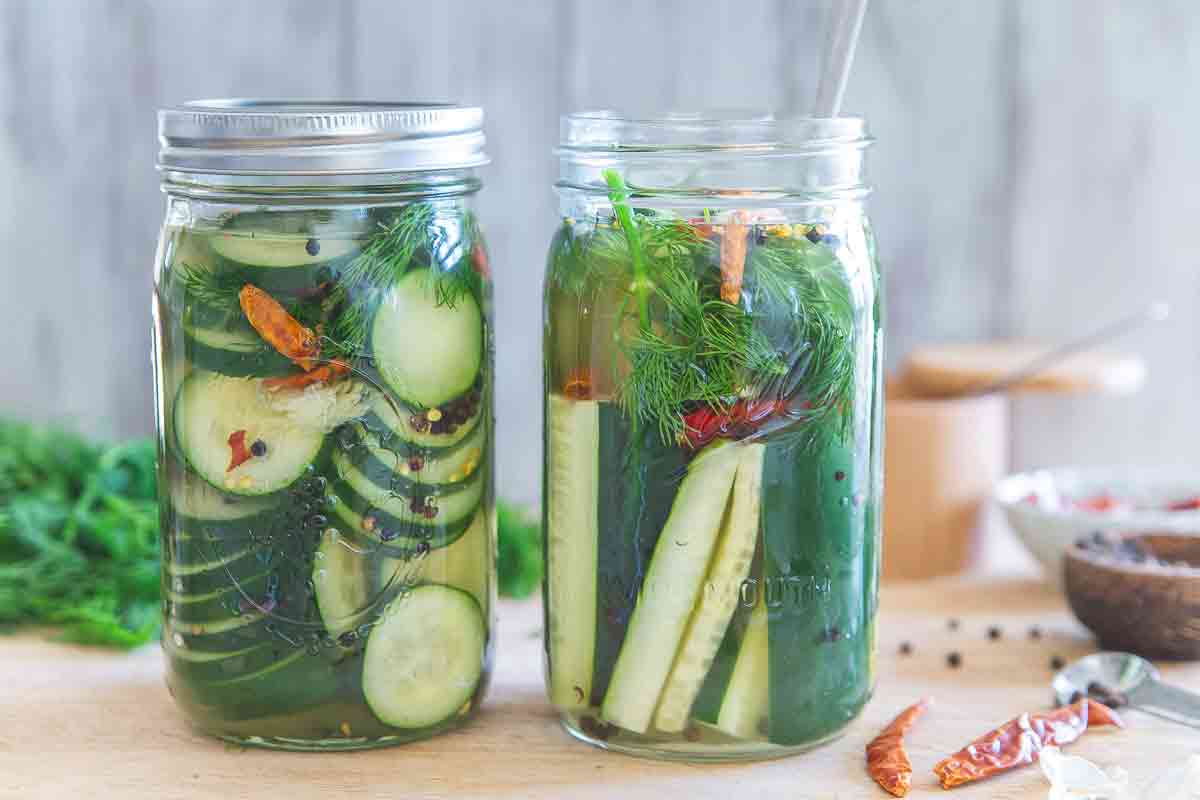
Pickles (the fermented kind, not just vinegar-based) are simple yet effective probiotic sources. The cucumbers fermented in saltwater brine develop beneficial bacteria. They’re a crunchy, tangy addition to any meal. Here’s a great guide on how to ferment vegetables.
Yogurt
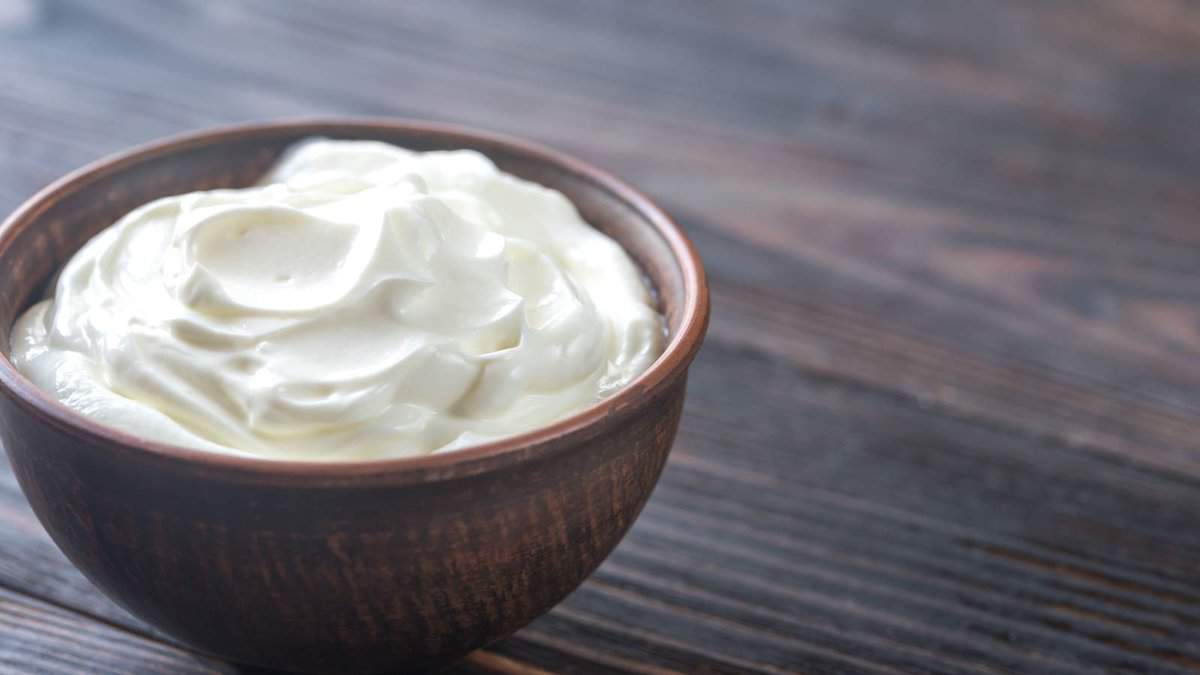
Yogurt is a probiotic powerhouse, thanks to its fermentation process involving good bacteria. It’s loaded with friendly probiotics like Lactobacillus, which aid in gut health. Plus, it’s versatile enough to fit into any meal, whether it’s breakfast or a snack!
Kimchi

Kimchi, the spicy Korean staple, is a must-try for probiotic seekers. This fermented cabbage dish is teeming with lactobacilli and other probiotics. It’s not just good for your gut; it’s a flavor explosion! Kimchi makes a great topper to any meal but we love it in this potato hash recipe.
Miso

Miso, a key ingredient in Japanese cuisine, is a probiotic goldmine. Made from fermented soybeans, it’s brimming with beneficial bacteria. Its savory flavor adds a umami punch to soups, sauces and chicken.
Kombucha

Kombucha, the fizzy fermented tea, is the trendy way to get your probiotics. Its fermentation process breeds a colony of bacteria and yeast, making it a gut-friendly drink. It’s a fun and flavorful alternative to sugary sodas.
Cheese

Some cheeses, especially aged ones, are secret probiotic heroes. Cheeses like Gouda, Cheddar, and Swiss are made with fermenting bacteria. They not only taste great but also provide gut-friendly bacteria.
Kefir

Kefir, a tangy fermented milk drink, is like yogurt’s cool cousin. It’s fermented with yeast and more bacteria, making its probiotic content even richer. Ideal for those who want to give their gut health a serious boost. Kefir salad dressing or kefir ice cream are great ways to enjoy this probiotic food.
Sourdough Bread

Sourdough bread isn’t just delicious; it’s also a probiotic treat. The fermentation of its dough leads to the growth of beneficial bacteria. This makes it a healthier, more digestible alternative to regular bread. If you keep a sourdough starter, you’ll love these easy sourdough discard pancakes.
Gochujang
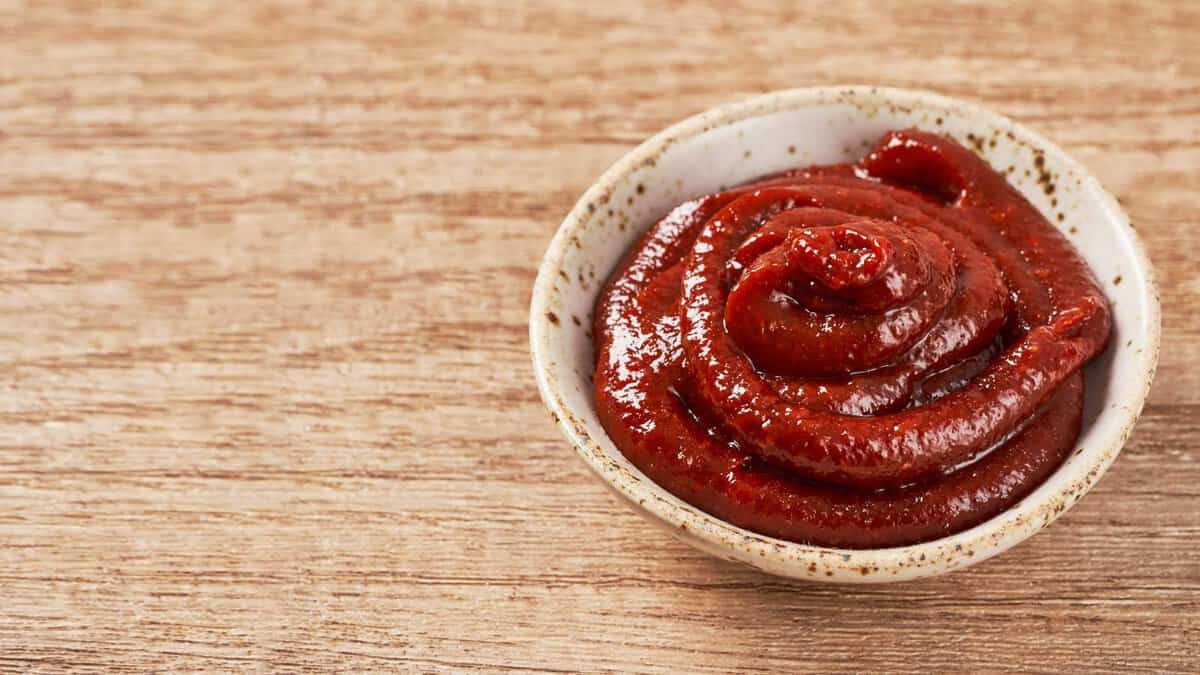
Gochujang, a Korean fermented chili paste, is a unique probiotic source. It’s made by fermenting soybeans with red chili peppers and glutinous rice. It adds not just a kick of spice to dishes, but also a dose of good bacteria. Use it in this easy skillet meal: gochujang chicken.
Natto

Natto is a standout source of natural probiotics due to the fermentation process it undergoes, which promotes beneficial bacteria like Bacillus subtilis. This traditional Japanese food is typically made from fermented soybeans and can be enjoyed in various ways—mixed with rice, seasoned with soy sauce, or even topped with mustard and chopped green onions for extra flavor.
Boost Your Health With These 11 Superfoods Already In Your Kitchen

Ever wonder what makes a food a “superfood”? It’s all about those nutrient-dense ingredients that pack a punch for your health with vitamins, minerals, and antioxidants. But here’s the kicker: you don’t need to search high and low for exotic or obscure ingredients. Turns out, some of the best superfoods are probably sitting in your kitchen right now. Here are some of the everyday items that are not only easy to find but also super good for you, proving that boosting your health can be as simple as opening your pantry or refrigerator door.
See them all here: Boost Your Health With These 11 Superfoods Already In Your Kitchen
11 High-Fat Foods You Should Actually Be Eating
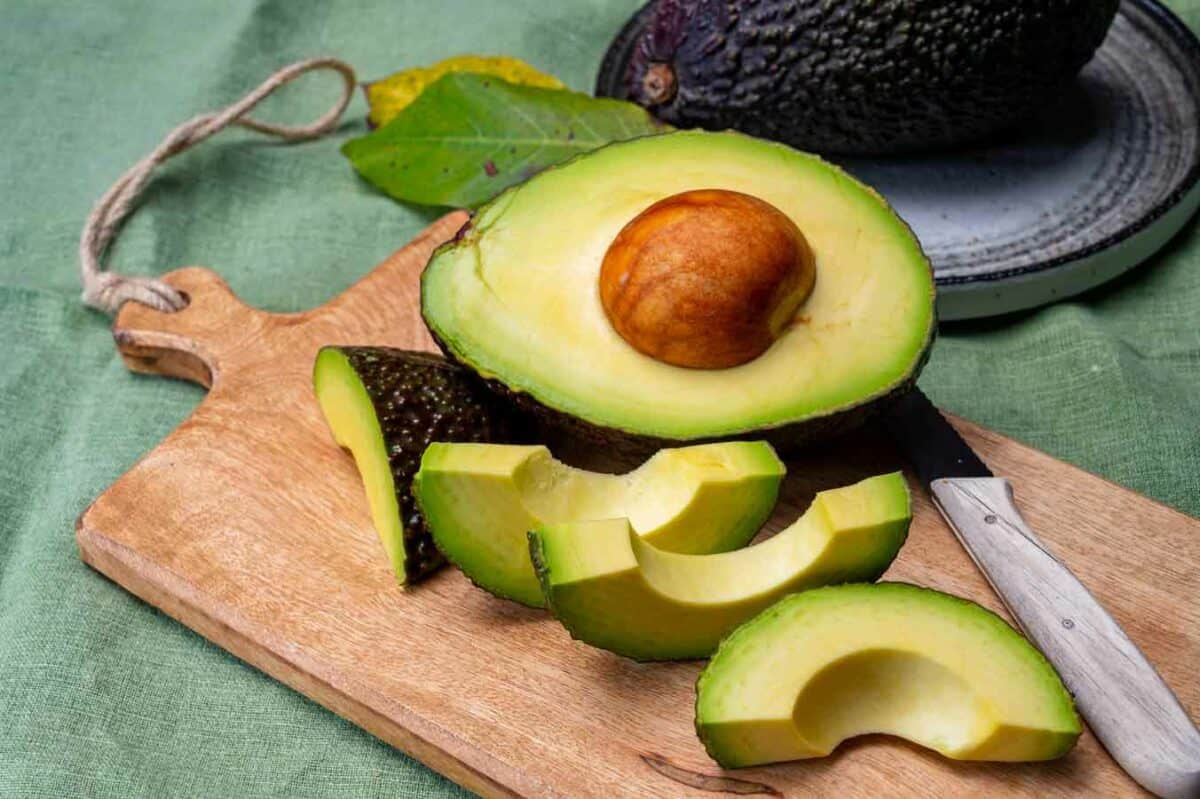
Rethinking dietary fats has shown their indispensable role in health, from supporting hormone function to aiding nutrient absorption. Foods rich in healthy fats, like avocados, dairy, and eggs, not only fuel the body but also enhance fullness and slow carbohydrate digestion. With a shift from fearing fats to understanding their benefits, it’s crucial to focus on unsaturated fats and keep saturated fats within recommended limits. This article will guide you through the nutritious high-fat foods essential for a balanced diet, underscoring the importance of selecting the right types and amounts for optimal health.
See them all here: 11 High-Fat Foods You Should Actually Be Eating
13 Of The Most Nutrient-Dense Foods You Can And Should Be Eating
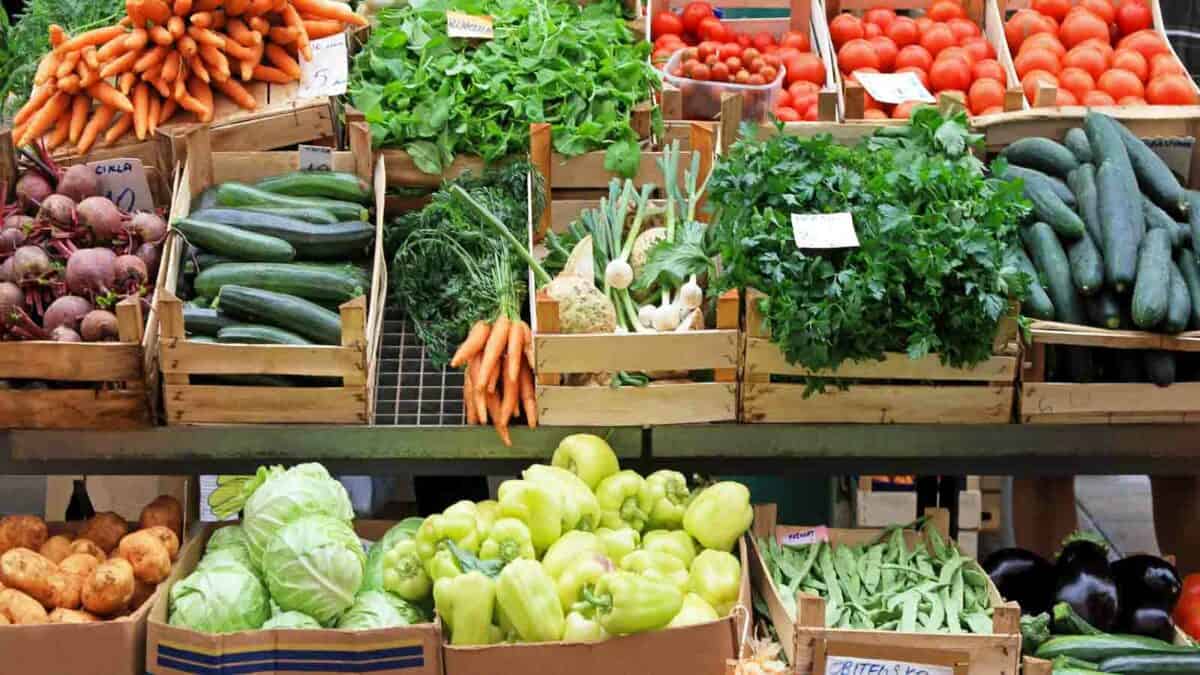
When it comes to eating, we’ve all got a “calorie budget,” but let’s be honest, some of us are better at managing it than others. If you want to make the most of what you’re eating, you have to be diligent about investing those calories in the right places and getting the best bang for your buck with the foods you choose. Here are 13 of the most nutrient dense foods available. They give you the most nutritional value per bite and are what you should be focusing on when you load up your plate each day to maximize your health span.
See them all here: 13 Of The Most Nutrient-Dense Foods You Can And Should Be Eating
Select photos provided by Depositphotos.
Gina Matsoukas is an AP syndicated writer. She is the founder, photographer and recipe developer of Running to the Kitchen — a food website focused on providing healthy, wholesome recipes using fresh and seasonal ingredients. Her work has been featured in numerous media outlets both digital and print, including MSN, Huffington post, Buzzfeed, Women’s Health and Food Network.









I love all the probiotic products that you post. I want to learn how to make
Crunchy pickles.